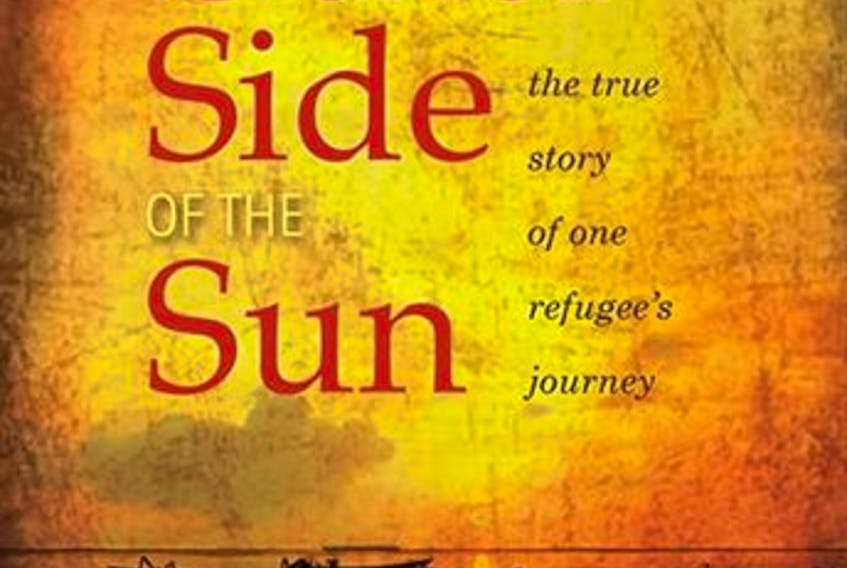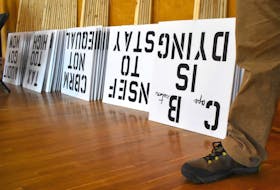This beautifully written narrative swerves between aching sadness and desperate humour as Thien Tang transports the reader back to his childhood in South Vietnam when his wealthy Chinese family were forced to surrender into poverty as a result of the new Communist regime.
China and Vietnam are at war again, clashing over borders. To avoid being drafted and sent to the front while fighting his own kin, Tang, aged 14, is disguised as an orphan. He spends one-year living alone, often scavenging for food, before rejoining his family as tensions calm and – if only for a moment –things are good again.

But Tang is ready to expose an elaborately intertwined story of family, romance, war, and the aftermath.
To fall in love with the enemy would have been an unimaginable betrayal to his father, so when Tang develops a romance in his local school for a Vietnamese girl, Mai, he is relieved that his secret is safe with his older sister Su-Linh.
Together they both share a tangled adventure with the ‘enemy,’ but the wartime romances will soon turn into a heartbreaking casualty. One evening Tang is ordered by his father, who has suffered great economic persecution under the new regime, to go back into hiding with no hope of a return.
Tang waves goodbye to everything familiar, including his beloved father at the beach, his mother, treasured sister Su-Linh, and his sweetheart Mai. He joins others on a crowded rickety old boat in search of a better life. They cross the treacherous South China Sea to Malaysia.
Millions of others are attempting the same perilous crossing, thus coined the Vietnam “boat people,” in an attempt to escape the oppression of a war-torn land. Sadly, many would die as they faced starvation, attacks from pirates, getting lost, and violent storms on the overcrowded wooden boats at sea.
Tang and his fellow refugees manage to battle through these extraordinary hardships, if only by a thread, including being shot at by police when reaching land before finally detained in a squalid Malaysian refugee camp.
Under the baking and blistering sun, survival comes at a price.
They again face starvation, are beaten on a regular basis and tortured by the guards with iron-fists. But this powerful true story of discovery and revelation reveals everything there is to know about the human condition such as, resilience and hope while enduring remarkable hardship and challenges.
Every action in this memoir is anchored and told with creative ingenuity, for example, an excerpt goes:
“Perhaps hunger was more than a pinching pain in the stomach. It had corroded our ability to reason and our own sense of self. We had become a dull pencil, unable to draw a picture of reality with any clarity. We were suspended animation, like a caterpillar undergoing its metamorphosis.
“But the time had come when we would break out of our cocoons. Today, we would fly away free, like butterflies.”
The family of 11 are eventually scattered as countries pluck them into asylum.
Tang immigrated to Canada in 1979, under the sponsorship of the Christian Reformed Church in Charlottetown, P.E.I. He started his new life washing dishes in a restaurant at night while sewing jeans in a factory during the day.
In 1984, he graduated from the University of Prince Edward Island as a computer programmer. He sponsored his parents and sister Su-Linh to Canada in 1987.
This is Tang’s first book, which was named after listening to the soothing lyrics of the Other Side of the Sun, a song that was co-written by Janis Ian and Albert Hammond.
As the lyrics about the ocean washed over Tang, on a dark and lonely wintry night on P.E.I., he thought, “Someday I’ll write a story for her song…It’ll be my story, The Other Side of the Sun.”
The co-writers of the song gave Tang permission to use their title, with the request that they could be sent a signed copy of his book.

It took Tang 193 days to get to Canada from Vietnam.
He said, “I left my home in Vietnam not on my own free will, so I always feel a piece of me is still there and after all these years I still dream about home. But Canada is now my second home, and I would miss P.E.I. greatly if I ever left.”
This story took seven years to pen, with 14 re-writes. Tang said it took an emotional toll, while reliving each scene mentioned in the book.
The story was published after giving the rough draft as a gift to a friend turning 100-years-old.
“Two-weeks later, my wife talked to the woman who had recently celebrated her birthday and, she said that the book must be published. She had read it twice.” This was the final straw to get it completed and the result of this publication.
Tang hopes his book that was published by Pottersfield Press can be introduced into the P.E.I. high school curriculum, so students can understand the plight many refugees go through when making the journey to Canada.
For more information on this captivating story about one refugee’s harrowing journey to freedom, visit www.theothersideofthesun.pub.
Copies can be found at Chapters and Indigo stores throughout Canada.









